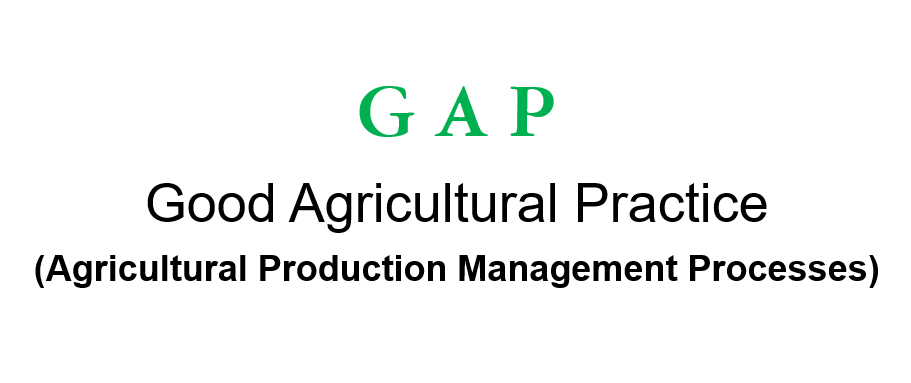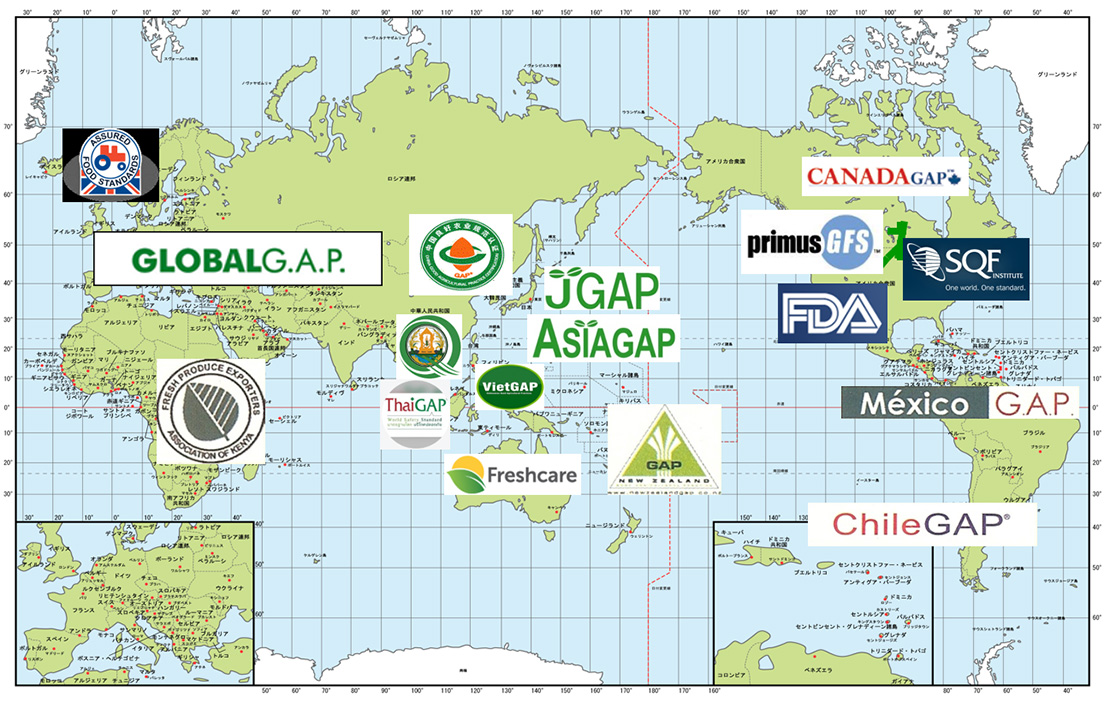About 
What is GAP ?

GAP stands for Good Agricultural Practice and is often referred to in Japan as agricultural production management processes. The FAO definition of GAP also mentions concepts found in the SDGs such as sustainability, safety and quality.
【[Reference: The definition of GAP according to the Food and Agriculture Organization of the UN (FAO)】GAP served as the food procurement standards for the Tokyo 2020 Plympics and Paralympics
ASIAGAP and JGAP will serve as the food procurement standards at the athlete’s village during the Olympics and Paralympics. This was one of the factors that lead to the Organising Committee emphasizing “sustainability” in both operational planning and the procurement code.
Material: IOC Operating Plan / Procurement Codes (Excerpt)- Consideration of factors such as climate change, resource management, water, greenery and biodiversity, human rights, labor and fair business practices, etc., along with participation and cooperation
- Introduction of ISO 20121 (Event Sustainability Management System) compliant system
- Applies to all goods, services and licensed products procured by the Organising Committee
Examples of GAPs Aroud the World

There are various implementations of GAP around the world.
There are GAPs in countries and regions around the world based on agriculture, commerce and other circumstances, and these are some examples of them. Acquiring the GAP certifications required by buyers leads to expanded sales channels.
